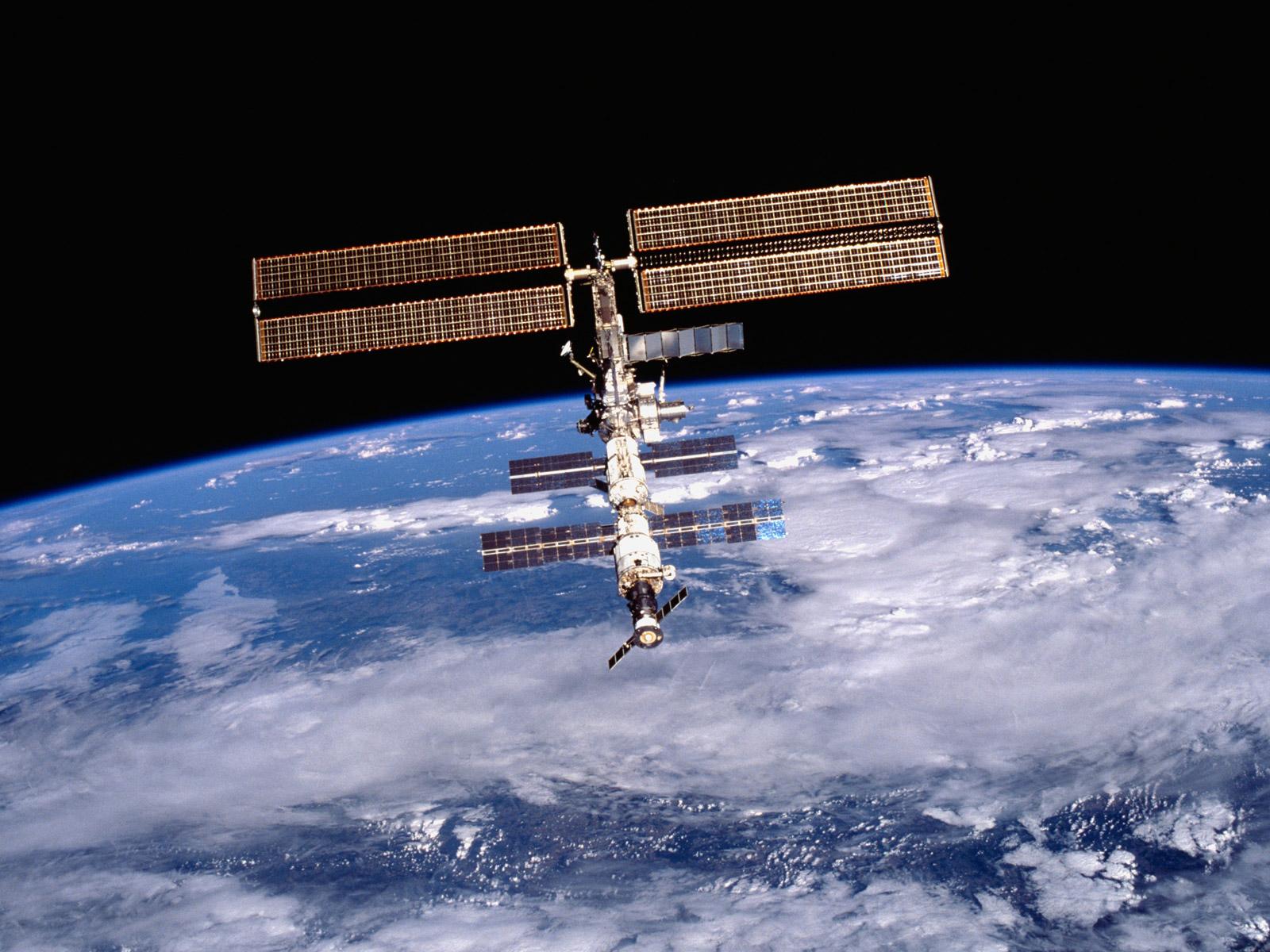Optical fibres in space for high bandwidth and black hole detection
This student research project explores the creation of high-purity glass aboard the International Space Station to unlock internet bandwidth limits and improve gravitational wave detectors.
The availability of high speed global internet and gravitational wave interferometry rely heavily on the low optical loss of silica glass. While fluoride glasses have significantly lower theoretical limits, crystalisation formed from convective currents in the molten glass has led to high scattering losses.
Recently, bandwidth limits in the global network have driven fluoride fibre development on the International Space Station (ISS) where microgravity limits convection.

We have developed a technique to allow the rapid analysis of the glass crystalisation using Hartmann wavefront imaging, a key technology used in gravitational wave detection. We aim to demonstrate this technology using high power lasers to induce wavefront distortion in fluoride glass samples, fabricating and characterising optical fibre and studying the crystal formation with scanning electron microscopy.
This project will work towards the creation of high-purity glass to be drawn aboard the ISS, as well as determining the suitability of these low loss materials for the next generation of gravitational wave detectors.
Image: International Space Station, NASA
- Dr Sebastian Ng
- Co-supervisors: Dr Erik Schartner | Professor Peter Veitch
- Research Area: ARC Centre of Excellence in Gravitational Wave Discovery (Ozgrav) | Institute for Photonics and Advanced Sensing (IPAS)
- Recommended honours enrolment: Honours in Physics
